I don't know if you have seen some unwanted bold-face font like picture below:

As you see the third line is bold-faced, while the others are not. This happens to me when I try to use ggplot() with lapply() or specially mclapply(), to make the same chart template based on different data, and put all the results as different charts in a single PDF file.
One solution is to avoid using lapply(x, f) when f() is a function that returns a ggplot() plot, but I have to do so for combining charts (i.e. as input for grid.arrange()) in some situation.
Sorry not able to provide you reproducible example, I tried really hard but was not successful because the size of code and data is too big with several nested functions and when I reduced complexity to make a reproducible example, the problem did not happen.
I asked the question because I guessed maybe someone has faced the same experience and know how to solve it.
